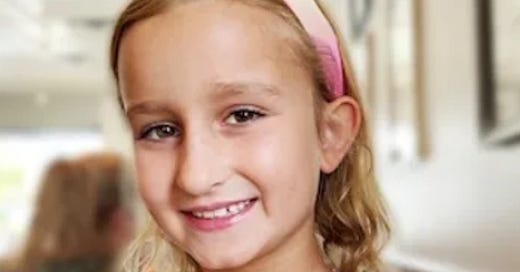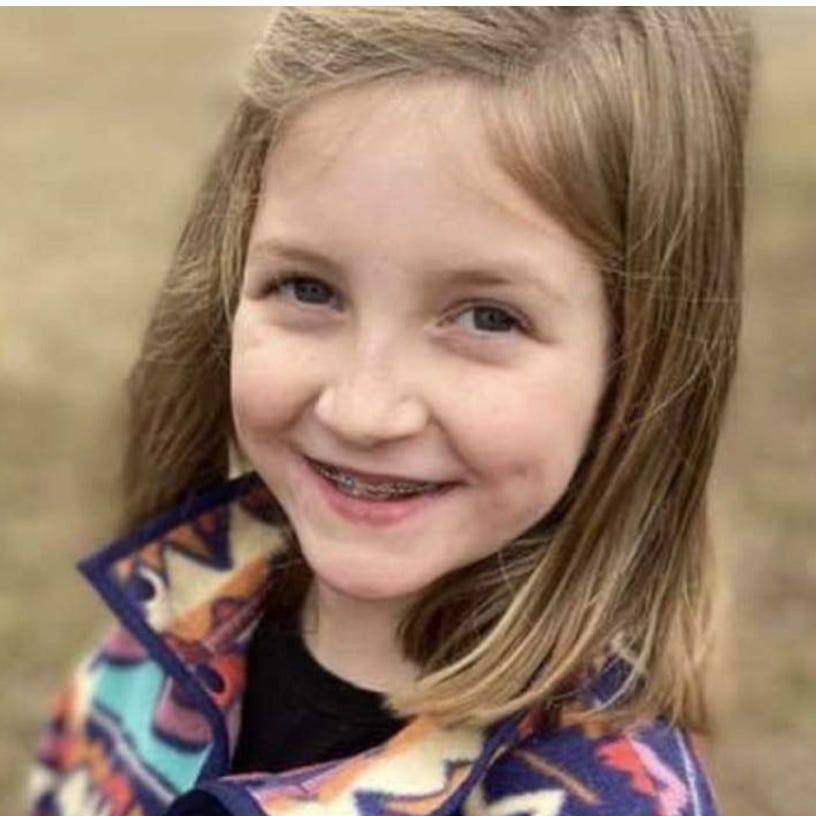Here are some facts that need to be digested if we are to wrap our minds around what’s happening in this country regarding gun violence:
The United States accounts for 46 percent of gun ownership in the world.
Gun production in the United States nearly tripled from 2000 to 2020.
In 2020, the United States conducted 21 million background checks for gun purchases.
A recent comprehensive survey about gun ownership found that most owners of guns, including owners of AR-15 style guns, use their weapons legally both for self-defense and target shooting.
Ghost guns, homemade firearms using parts bought online or with 3D printers, have increasingly been used in crimes.
Most gun-related homicides involve handguns.
AR-15 style guns (also known as high-power assault rifles), however, cause more damage to the body. It is often described as an explosion that breaks apart the soft tissue. In children, this is especially dangerous because of the proximity of vital organs.
Mass shootings, defined as “an incident of targeted violence carried out by one or more shooters at one or more public or populated locations,” have steadily increased in frequency since the 1990s.
Analyzing the facts
Most people use their guns for lawful purposes. Nevertheless, guns put into the hands of the wrong people can and do lead to deadly consequences. In future articles, we’ll look at current laws that attempt to address this as well as laws that might make a greater impact. We’ll also look at the hesitancy among some Americans to support stricter gun laws.
If someone were to put a handgun or a rifle into the hands of the average citizen, it’s unlikely that citizen would commit a violent act. The majority of people would not see it as an opportunity to commit homicide. On the other side of the coin, making guns readily available offers an opportunity for those with bad intentions to commit violent acts. It would seem, then, that reducing the number of guns in the country would lead to fewer gun-related murders. What we don’t know is if that would then lead people to use other methods of killing. Thus, we must take an honest look at what is leading to the violence we see in the United States.
What causes a person to use a gun for nefarious purposes?
We’ll delve into this in an upcoming article as well, but the point we need to make at the moment is that creating excuses for criminals only harms the situation. Giving people “a pass” because of their perceived unforeseen circumstances belies the fact that there is almost always some level of evil involved in their actions.
Most mass shootings, especially those committed using AR-15 style weapons, are premeditated, meaning that a good deal of thought and planning went into them. This is not a spur-of-the-moment, I-let-my-anger-get-the-best-of-me crime.
When a mass murder happens, demands for greater mental health care immediately emerge. This is a very dangerous path for a number of reasons:
The majority of people with mental illnesses do not commit violent acts like mass murders. Mental illness combined with substance abuse increases the chances of a person committing violent acts, but it is not the primary reason.
Claims that people with mental illness are more likely to commit mass murders actually create a stigma around mental health disorders.
Making excuses for someone’s destructive acts can cast a sympathetic light on the assailant that might inspire others to do the same. When Audrey Hale recently shot out the glass door of The Covenant Church and School in Nashville and killed three 9-year-olds and three adults, an assumption was quickly made that Audrey was also a victim of untreated mental illness. Still more claims suggested that Audrey’s identification as transgender was a direct cause of the rampage. NBC ran an article about how Audrey “fell into an emotional spiral” after the death of a close friend. As noted above, most people with mental illness do not commit violent acts. Furthermore, most people who experience tragedies do not go out months later and kill six people. When excuses are made, personal responsibility can too easily be dismissed.
Putting the spotlight on the assailant’s alleged issues detracts from the ghastliness of the act and disrespects the memories of those who were killed. Yes, if the assailant is killed as a result of the incident, there is sadness for a life that should have been better lived. There is mourning among that person’s family and friends. But the loss of life caused by the assailant brings exponential grief and trauma to families, friends, children, schools, communities and whole cities. The weight is heavy for those left behind. The best way of honoring lives lost is to focus on their value.
We’ll end this article with remembrances of the six people killed in Nashville earlier this week.









